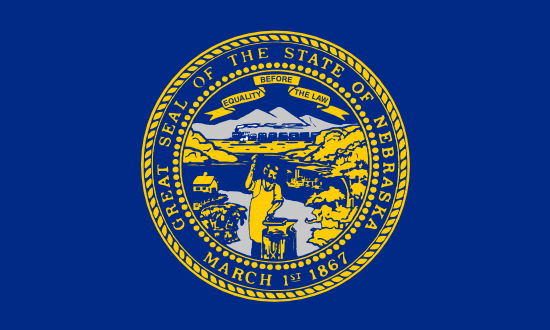
Lincoln
- County:
- Lancaster County
- County Seat:
- Yes
- Area (mi²):
- 102.54
- State:
- Nebraska
Lincoln is a city located in Lancaster County, Nebraska. Lincoln has a 2025 population of 300,619 . It is also the county seat of Lancaster County . Lincoln is currently growing at a rate of 1.28% annually and its population has increased by 3.01% since the most recent census, which recorded a population of 291,837 in 2020.
The median household income in Lincoln is $69,991 with a poverty rate of 12.63%. The median age in Lincoln is 33.4 years: 32.5 years for males, and 34.2 years for females. For every 100 females there are 101.2 males.